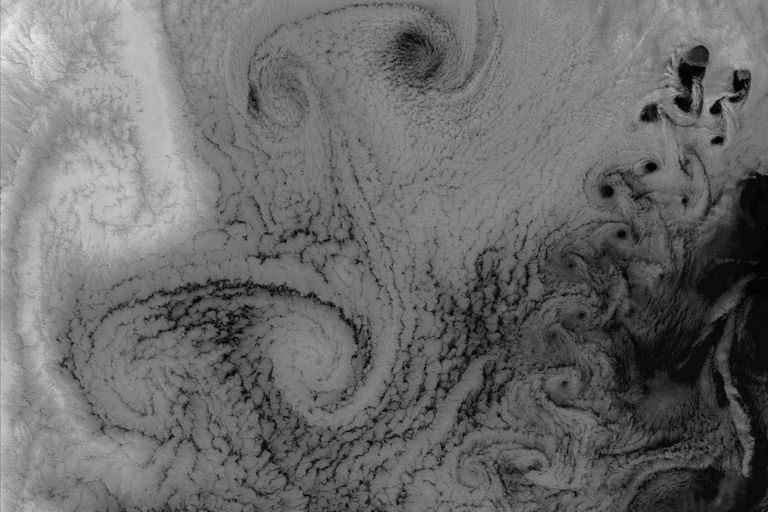Rates of change - the past and the present
PAGES Newsletter , April 2003
How fast did the climate system respond in the past? Estimates of past rates of change provide a long-term perspective on recent changes and help to appreciate their magnitude. Furthermore, they give a taste of how rapid climate change may operate in the future.

Much of paleoclimatologic research has focussed on (quasi-) equilibrium climate states of the past, such as the Eemian (roughly between 140,000 and 117,000 years before present) or the Last Glacial Maximum (21,000 years before present). By making comparisons with the present-day climate state, the authors have been able to infer the magnitude of climate-sensitivity parameters, for example, the sensitivity to changes in radiative forcing. However, only non-equilibrium or transient climate states, such as the last deglaciation, allow to assess the magnitude of the inertia of the climate system, for example, the effective heat capacity of the oceans. This inertia constitutes the resistance to changes in climate forcing and the memory of the climate system. It is of ultimate importance when considering the ongoing climate change in response to greenhouse gas and aerosol concentrations in our atmosphere.
How fast did the climate system respond in the past? Estimates of past rates of change provide a long-term perspective on recent changes and help to appreciate their magnitude. Furthermore, they give a taste of how rapid climate change may operate in the future. State-of-the-art earth system models require a variety of estimates for the inertia of the climate system in order to make reliable predictions for the future. These inertia coefficients go beyond the effective heat capacity of the oceans that characterized the simple energy balance models of the early days of climate modeling in the late sixties of last century.
The April 2003 issue of the PAGES Newsletter collected estimates of rates of change that relate to atmospheric CO2 as the primary climate forcing, as well as to such diverse components of the climate- and earth system as eurasian forests, alpine glaciers, the hydrological cycle of the Mediterranean area, the intermediate-depth Atlantic Ocean and the global sea level. A large number of important parameters are still missing from the table presented in the edito of the issue (e.g. regional air temperature and precipitation, frequency of extreme events such as storms and floods, biodiversity, land-cover etc.). The editors of the issue challenge the colleagues to fill in the respective values.
Taking into account that climate dynamics are crucial in assessing ongoing climate change, the editors recommend that the paleoclimatology community shifts gears and moves towards dynamic paleo-reconstructions. These must include the human dimension, which may have played the role of driver in the recent past as well as in the present. The PAGES office could help in this process by editing a special issue of a journal, dedicated to reconstruction and modeling past rates of change, and relating them to the present.
Pages Newsletters can be ordered from the Pages Program Office under
Adapted from the edito written by
ANDRÉ PAUL, University of Bremen, Germany,
CHRISTOPH KULL, PAGES IPO, Bern, Switzerland,
